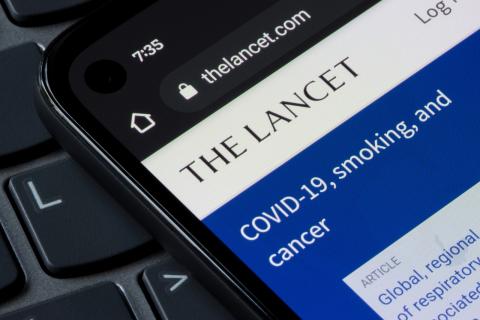Reaction: no detectable brain lesions or biological abnormalities in people with Havana syndrome, according to two studies
Two investigations published in the journal JAMA conclude that there is no evidence of brain injury detectable by magnetic resonance imaging or biological abnormalities in people suffering from the so-called Havana syndrome. This syndrome has been described in overseas civil servants and their family members, who suffer from symptoms including noise, pressure and pain in the head, and cognitive dysfunction, called abnormal health incidents. Studies did find differences in symptoms of imbalance, fatigue, post-traumatic stress disorder and depression.

Robert W. Baloh - síndrome La Habana EN
Robert W. Baloh
Professor Emeritus of Neurology, University of California, Los Angeles (UCLA, USA)
A team of researchers from the National Institute of Health performed a detailed study including extensive clinical tests and advanced brain imaging of a large group of federal employees diagnosed with anomalous health incidents (a.k.a. Havana Syndrome) and a matched control group. Unlike prior published reports in smaller groups of subjects with Havana Syndrome, they found no evidence of inner ear or brain damage. In addition to the size and depth of the study, other key differences from prior studies were inclusion of an appropriate control group and detailed statistical analysis. This along with the recent report of combined US intelligence agencies concluding there was no evidence for a sonic or microwave weapon should reassure symptomatic employees that they did not suffer permanent brain damage which should help with the recovery process.
Unfortunately, as the accompanying editorial indicates, some physicians continue to speculate that a sonic or microwave weapon may have been used in attacks on at least some of the employees. This, despite the fact that no evidence of weapons has been found despite years of search or that such weapons even exist. Furthermore, there is extensive data regarding accidental human exposure to ultrasound and microwaves and the clinical picture is completely different from that of Havana Syndrome.
Leighton Chan et al.
- Research article
- Peer reviewed
- People
- Research article
- Peer reviewed
- People



